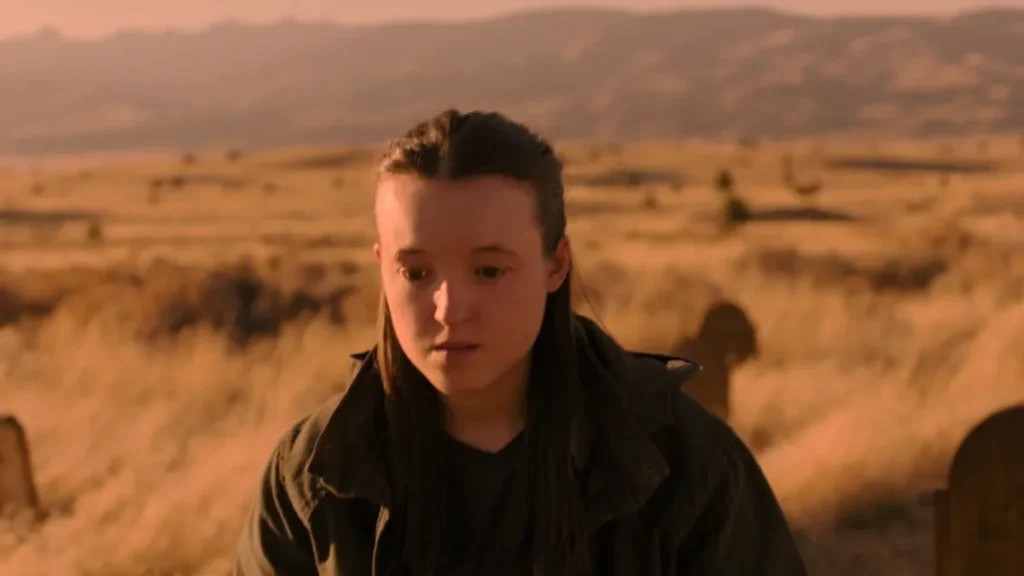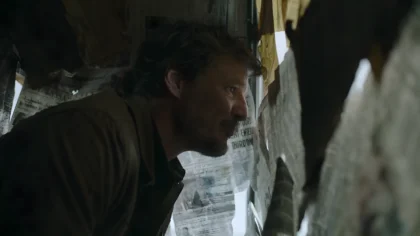The HBO series The Last of Us received widespread praise for its production quality, performances, and overall faithfulness to the original game. Still, the differences between The Last of Us and the game sparked heated debates among fans. Those who played the game felt each change deeply — and many saw more than just adaptation choices: they saw risks, losses, and even betrayals of the original material.
In this post, we highlight 7 major differences between the series and the game — and explain why they lie at the heart of the controversy.
7. Abby’s Motivation Is Revealed Too Early

In the original game, players meet Abby without knowing her intentions. Her motivation is only revealed many hours into the story. This timing allows for a full emotional arc — from anger to empathy.
However, the show anticipates this moment. Her backstory is introduced in the early episodes, humanizing her from the start.
This decision split the audience. Some felt it softened the emotional impact. Others — especially those familiar with the game’s arc — believed it ruined the character’s gradual deconstruction.
6. Joel Goes to Therapy

Rather than being a closed-off character, the show’s version of Joel is emotionally vulnerable from the beginning of season two. He seeks professional help to deal with his trauma.
By contrast, in the games, emotional exposure is almost nonexistent. When it does appear, it’s conveyed through actions or silence. Joel solves things with bullets, not therapy.
This scene drew strong reactions. Some praised the added humanity. Others argued it diluted his character, reshaping Joel to fit a more modern dramatic mold.
5. No “Future Days” — and It Matters
One of the most touching scenes in the game happens when Joel sings Future Days by Pearl Jam to Ellie. The moment builds a deep emotional bond and becomes a recurring theme.
In the series, this was removed. The outbreak occurs in 2003 — ten years before the song’s 2013 release — making it anachronistic. Legal issues may also have played a role.
As a result, this omission takes away a symbolic thread in Joel and Ellie’s relationship. For many fans, it reduces the emotional weight of key scenes that relied on the song as a connective anchor.
4. Joel’s Death Feels Less Impactful

In the game, Joel’s death scene is raw, brutal, and hard to watch. The suspense builds, and the violence is explicit.
In contrast, the series presents the scene in a more restrained manner. The visual brutality gives way to a quicker, more subdued approach.
Unsurprisingly, this did not go unnoticed. Many fans felt the choice lessened the dramatic weight of the scene — possibly due to censorship or the constraints of a different medium. Regardless, the emotional impact was affected.
3. Changes in Appearance and Ethnicity

The series noticeably altered the appearance of several characters — including Sarah, Tommy, Maria, and even Ellie. These changes involved ethnicity, physical features, and demeanor.
These decisions made part of the audience uncomfortable — especially those expecting characters to visually match their in-game models.
Although they don’t affect the story directly, these alterations raise a sensitive question: how much does a character’s appearance define their identity?
2. Narrative Structure and Focus Were Reworked

While the show keeps the general order of the main events — especially in season one — it uses flashbacks more frequently and restructures scenes to spotlight characters who had minor roles in the game.
The clearest example is the episode centered on Bill and Frank. What was once a subtle suggestion in the game becomes a full, emotional, standalone narrative.
These shifts don’t change the plot’s direction, but they do alter the focus and pacing. Some say they enrich the universe. Others feel they weaken the constant tension of Joel and Ellie’s journey.
1. Less Action, More Reflection

Those expecting intense scenes with infected were surprised by the show’s introspective tone. The creators intentionally cut or toned down many action sequences.
As a result, the adaptation leans into a slower, more dramatic rhythm. For some, this deepens the storytelling. For others, it strays from the harsh survival experience that defines the game.
Here, the critique isn’t about the show’s quality — but rather about what The Last of Us represents as a work.
Conclusion
The differences between The Last of Us and the game stirred debate because they directly touch the emotional memory of players. For some, they’re natural — even welcome — adaptations. For others, they compromise the original narrative’s essence.
Ultimately, the big question remains: how much can an adaptation change without losing its soul?
Enjoyed the content?
If you want to dive deeper into the world of The Last of Us, don’t miss this one:
The Last of Us Season 2: The Changes That Will Transform It
An exploration of the choices, dilemmas, and layers that make Joel, Ellie, Abby, and others so unforgettable.
Posts Recomendados
Carregando recomendações...



